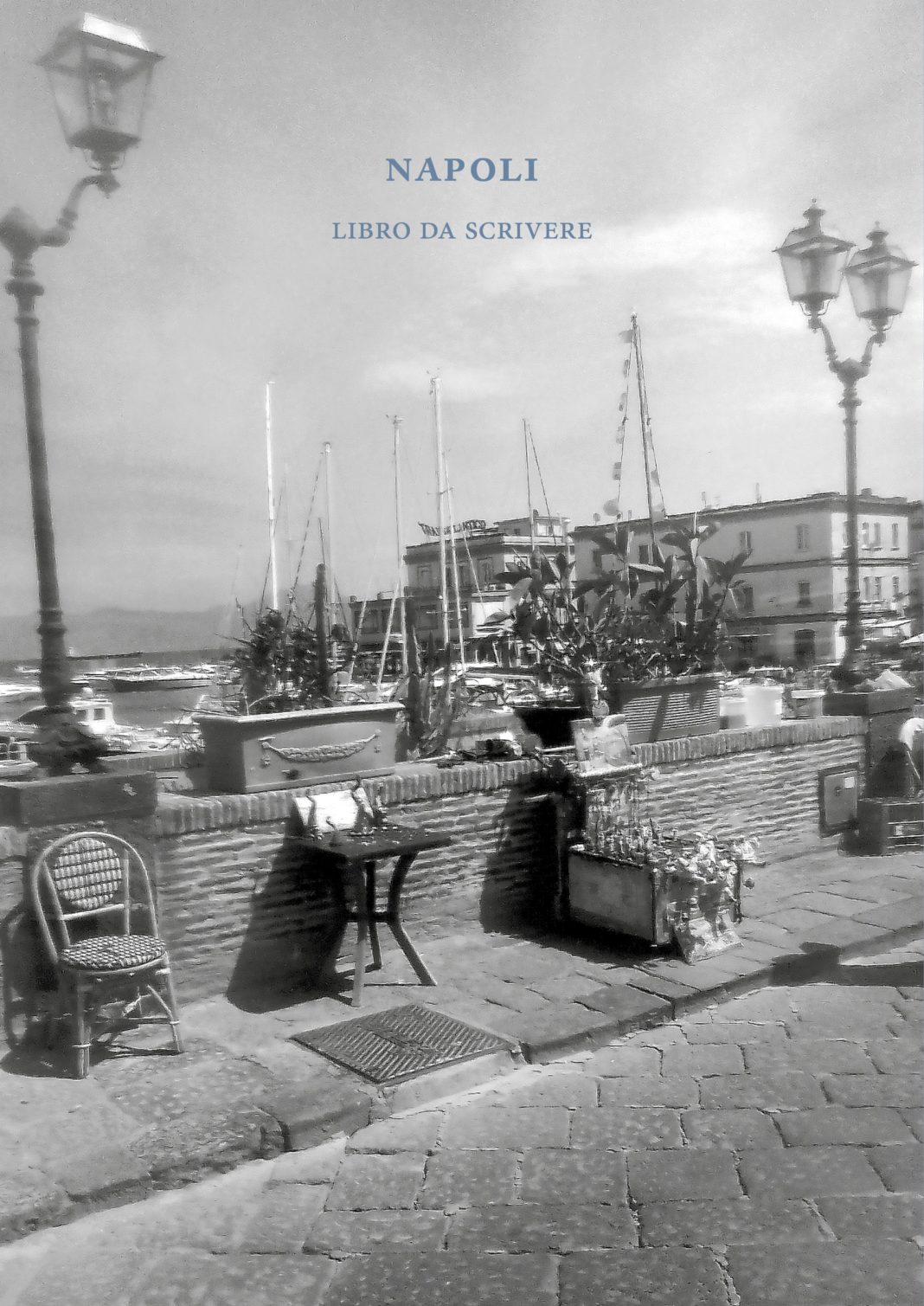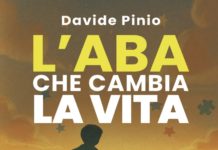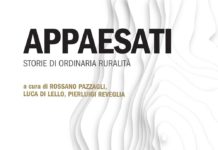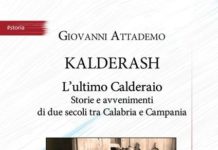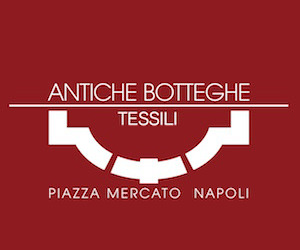Napoli in bicicletta. Circa una settimana per riprenderne gli angoli inediti e offrire a chi legge l’altro volto di una città dalle mille sfumature. Nasce così il libro da scrivere dedicato al luogo dove persino Goethe, olimpico poeta e scrittore tedesco, nonché politico di rango a Weimar nell’Ottocento, riuscì a ritrovare la sua anima perduta nella tristezza, durante il suo primo soggiorno in Italia che somigliò a una fuga, più che a un viaggio.
Il fotografo di cui parliamo è in realtà un appassionato di letteratura, musica e storia dal curriculum blasonato: di origini campane, una laurea in filosofia all’ateneo federiciano (di cui è giustamente orgoglioso), Ugo Rufino, che fa parte del comitato scientifico del Taormina book festival (Taobuk), ha lavorato per il ministero degli affari esteri, alla guida di istituti italiani di cultura in giro per il mondo, approdando alla fine in quello di Cracovia, dove, a causa dell’emergenza pandemia, è rimasto quasi 7 anni (fino al 2022).
Premessa importante, perché il libro da scrivere in questione è stato appena pubblicato da Austeria con base, oltre che nell’antica capitale polacca (in via Szeroka 6), anche a Budapest e Siracusa.
Questa casa editrice è stata un faro di carta per l’istituto italiano di cultura nel tradurre i grandi autori nazionali come Gesualdo Bufalino (Diceria dell’untore, Premio Campiello 1981) e i classici della poesia del Novecento, da Ungaretti a Magrelli: tra i volumi dedicati ai nostri poeti, anche quello su Quasimodo, Nobel per la letteratura nel 1959, introdotto proprio da Rufino. Svetta, in copertina, il titolo della sua lirica più celebre, Ed è subito sera, nella traduzione eccellente di Jaroslaw Mikolajeski. Suggellando la stretta relazione tra le due culture.
Ma torniamo a Napoli e alla collana di cui è responsabile Malgorzata Ornat: i libri da scrivere fanno parte di un progetto originale, che ha come protagoniste città italiane e europee. Frammenti letterari, frasi, versi e immagini si rincorrono tra loro, insieme a pagine bianche: su queste, chi compra il libro può comporre il proprio diario di bordo visitando la città di cui si parla, annotando emozioni, memorie, lampi e visioni del panorama urbano.
Lo sfogliamo, il libro, conversando con Ugo nella sua città adottiva, Roma, tra una passeggiata che attraversa pure il Pantheon e un aperitivo nei paraggi. Nell’ introduzione, Rufino avverte: «Definitivamente si dilegua l’immagine stereotipata della miseria e l’idillio del paesaggio armonico, mentre si svela quello della città/mondo, porosa, bassa e obliqua, sospesa nella metafora della sua inimitabile eternità».
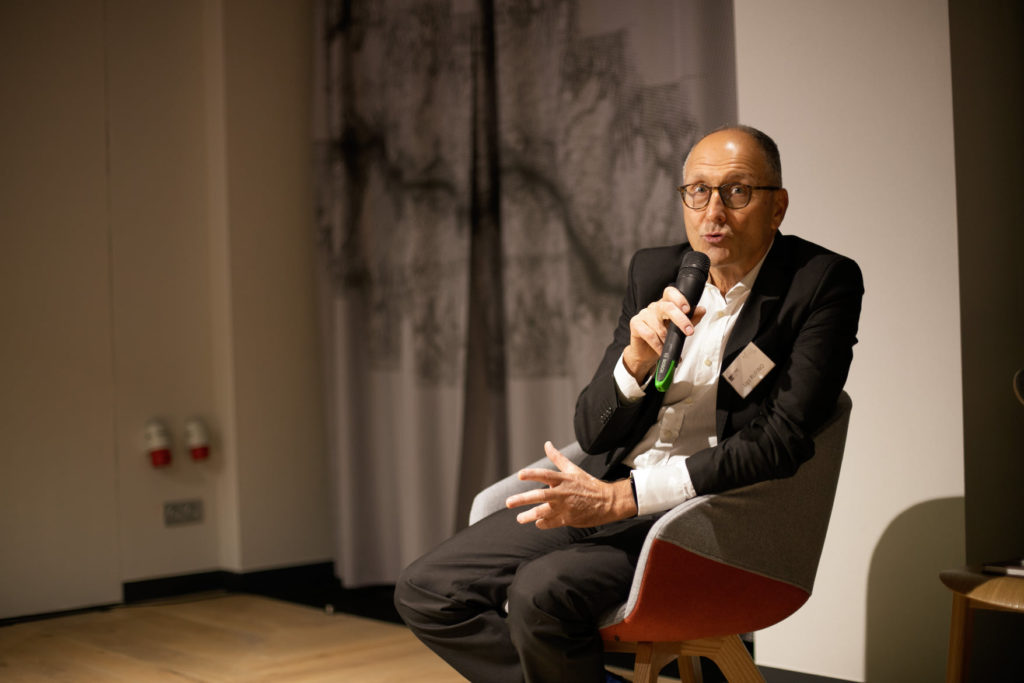
Il primo scatto che vediamo all’interno è quello dei panni stesi in un vicolo. Voltando pagina, una considerazione di Italo Calvino: «Per uno scrittore nascere a Napoli comporta sempre un pedaggio da pagare». E dopo aver osservato la facciata del Museo archeologico nazionale, enigmatico e meraviglioso scrigno dell’antichità, intercettiamo un’affermazione di Erri de Luca che non concede repliche: «Dalle statistiche eliminate Napoli, è troppo fuori scala, esagerata per poterla misurare… Napoli non ama intrusioni».
Tuttavia, è città accogliente. Lo conferma la signora Cira affacciata al parapetto del suo basso (alle narici si intravedono le cannule della bombola dell’ossigeno, di sostegno al suo respiro) che lo invita a prendere un caffè. Ugo gentilmente declina ma la ringrazia per essersi fatta immortalare. E poi c’è l’acquafrescaio in piazza Trieste e Trento (vicino a piazza del Plebiscito): qui Ugo beve un (raro) bicchiere di acqua sulfurea proveniente dalle terme di Telese.
E ancora sfilano scorci del rione Sanità e ugualmente del centro storico: una vuota eppure magnifica Piazza del Mercato (un tempo chiamata Campo del Moricino) ci ricorda la decapitazione del principe sventurato Corradino di Svevia, ultimo della dinastia Hohenstaufen (1268). Ugo raggiunge l’esedra settecentesca evitando i ragazzini che scorrazzano in scooter.
Non bisogna dimenticare, infine, che Napoli ha un forte legame con la Polonia radicato nei secoli attraverso la figura di Amalia di Sassonia, consorte di Carlo III di Borbone e figlia del sovrano polacco Augusto II, rinnovato da una grande comunità consolidata all’ombra del Vesuvio, dalla caduta del muro di Berlino.
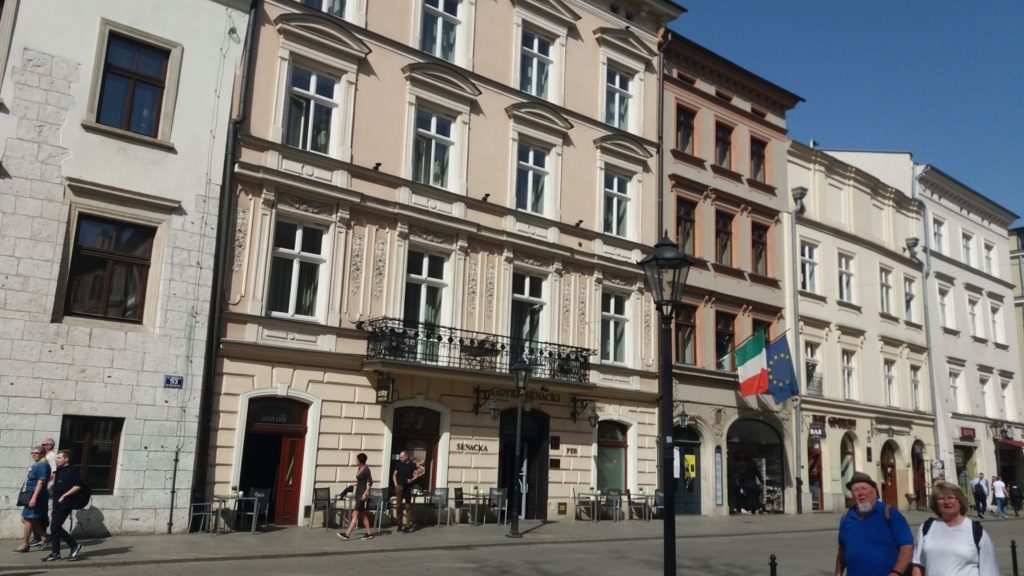
E un ultimo pensiero nella nostra chiacchierata, Rufino lo rivolge a Wojciech Narębski, ultimo reduce della battaglia di Montecassino e memoria del 2° corpo d’armata polacco del generale Anders (che adottò l’orso Wojtek, trasformandolo in un perfetto soldato).
Wojciech, da prigioniero di Stalin in Siberia ad alleato degli inglesi contro i fascisti e degli italiani contro i nazisti.
Ugo lo conobbe a Cracovia: divenne un caro amico, oltre a rappresentare un costante punto di riferimento per l’istituto italiano di cultura che gli ha dedicato un volume edito da Austeria. Le parole costruiscono fortezze e complicità inespugnabili.
© Riproduzione riservata
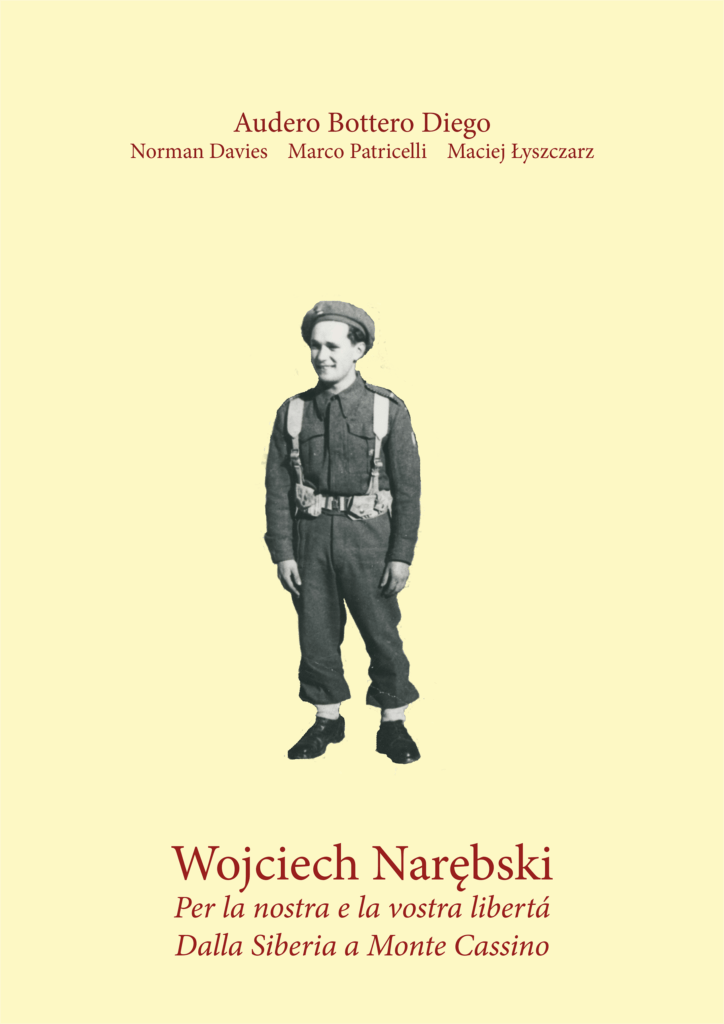
Italy & Poland/ The publishing house Austeria launches the book to be written dedicated to Naples, amidst photos and empty pages. The curator Ugo Rufino: ‘This is how I reveal the city/world, suspended in its inimitable eternity’
Naples by bike. About a week to capture its unseen corners and offer the reader the other face of a city with a thousand nuances. This is how the book was born, dedicated to the place where even Goethe, the Olympian German poet, writer and leading politician in Weimar in the 19th century, managed to find his soul lost in sadness during his first stay in Italy, which was more of an escape than a journey.
The photographer we are talking about is actually a lover of literature, music and history with an illustrious curriculum: born in Campania, with a degree in Philosophy from the University of Bologna (of which he is justifiably proud), Ugo Rufino, a member of the scientific committee of the Taormina Book Festival (Taobuk), has worked for the Ministry of Foreign Affairs, running Italian cultural institutes around the world, and finally arrived in Krakow, where he stayed for almost seven years because of the pandemic emergency.
This is an essential point, because the book in question has just been published by Austeria, which has headquarters not only in the old Polish capital (at 6 Szeroka Street), but also in Budapest and Syracuse.
This publishing house has been a guiding light for the Italian Cultural Institute in the translation of great national authors such as Gesualdo Bufalino (Diceria dell’untore, Premio Campiello 1981) and the classics of the 20th century poetry, from Ungaretti to Magrelli: among the volumes dedicated to our poets there is also the one on Quasimodo, winner of the Nobel Prize for Literature in 1959, introduced by Rufino himself. The title of his most famous poem, Ed è subito sera (And it is already evening), in the excellent translation by Jaroslaw Mikolajeski, stands out on the cover. This highlights the close relationship between the two cultures.
But let’s get back to Naples and the series that Malgorzata Ornat is responsible for. The books to be written are part of an original project based on Italian and European cities. Literary fragments, phrases, verses and images are interwoven with blank pages: those who buy the book can write their own journal by visiting the city in question and writing down emotions, memories, flashes and visions of the urban landscape.
We flip through the book chen we meet Ugo in his adopted city of Rome, between a walk that even takes him past the Pantheon and a coffe nearby. In his introduction, Rufino warns us: “The stereotypical image of misery and the idyll of the harmonious landscape are definitely diluted, while that of the city/world, porous, low and sloping, suspended in the metaphor of its inimitable eternity, is revealed.
The first shot we see inside the book is of clothes hanging out in an alley. Turning the page, we see a remark by Italo Calvino: “For a writer, being born in Naples is always a toll to pay”. And after looking at the façade of the National Archaeological Museum, an enigmatic and marvellous treasure chest of antiquity, we read a statement by Erri de Luca that allows no replying: “Naples is excluded from the statistics, it is too big, too exaggerated to be measured… Naples does not like intruders’.
Nevertheless, it is a welcoming city. This is confirmed by Signora Cira, who leans out from the parapet of her “basso” She invites him to have a coffee. Ugo politely declines, but thanks her for the picture. And then there is the acquafrescaio in Piazza Trieste e Trento (near Piazza del Plebiscito): here Ugo drinks a (rare) glass of sulphurous water from the Telese thermal baths.
And one last thought in our chat: Ugo turns to Wojciech Narębski, the last survivor of the battle of Monte Cassino and a reminder of General Anders’ Polish 2nd Army Corps (which adopted Wojtek the bear and turned him into a perfect soldier). From prisoner of Stalin in Siberia to ally of the British against the Fascists and of the Italians against the Nazis.
Ugo met him in Krakow: Narebski became a great friend of his and a constant point of reference for the Italian Cultural Institute, which dedicated a book to him, published by Austeria. Words build fortresses and complicities that can’t be overcome.


